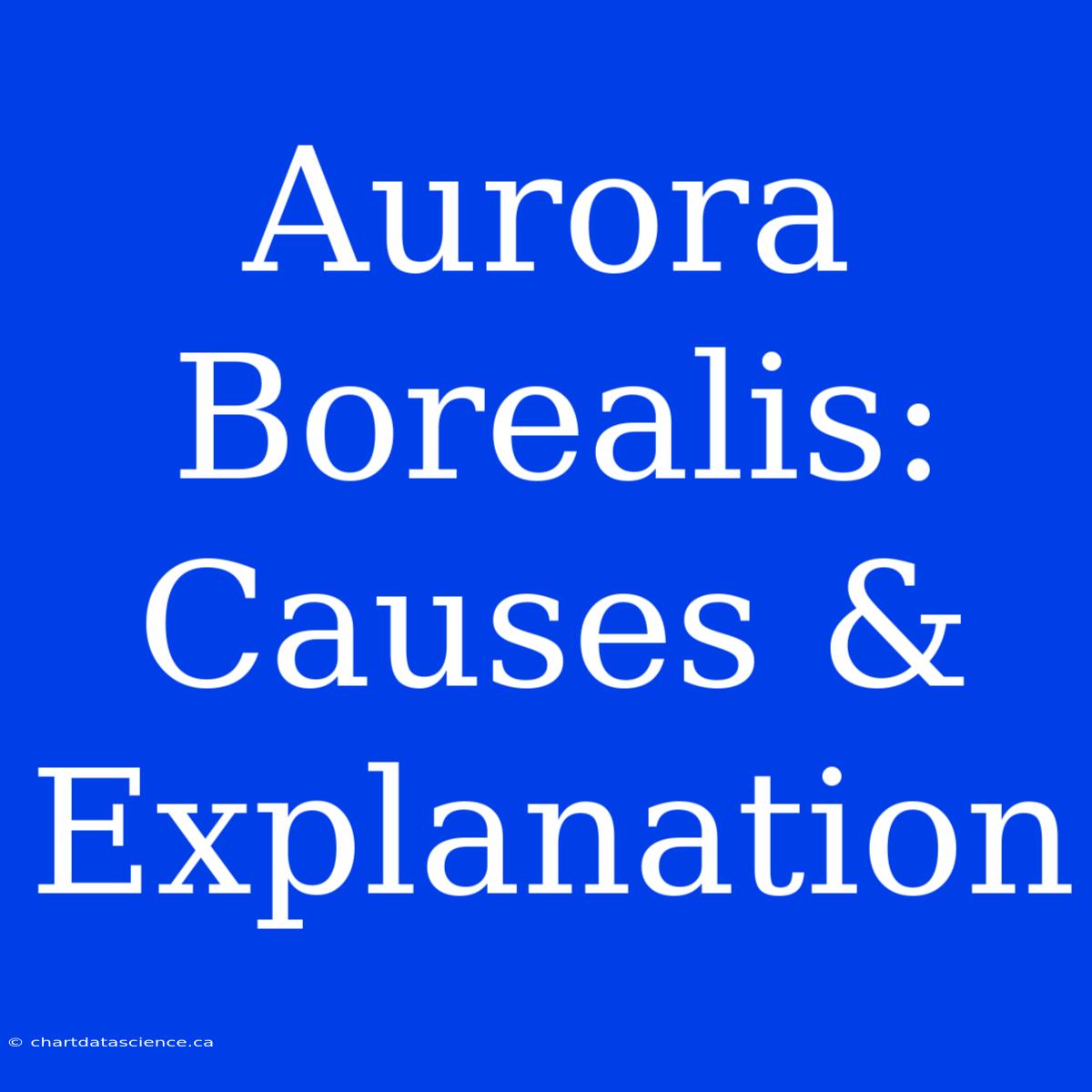Aurora Borealis: Causes & Explanation
Have you ever looked up at the night sky and seen shimmering curtains of green, purple, and red dancing across the horizon? That’s the Aurora Borealis, a mesmerizing celestial phenomenon that has captivated people for centuries. But what exactly causes these magical lights, and why do they appear only in certain parts of the world? Let’s dive into the science behind this captivating natural spectacle.
The Sun’s Fiery Fury
The Aurora Borealis, also known as the Northern Lights, is a consequence of the Sun’s intense activity. Our star is constantly releasing a stream of charged particles known as the solar wind. When this wind reaches Earth, it interacts with our planet’s magnetic field.
The magnetic field acts like a shield, deflecting most of the solar wind away from Earth. However, some particles get trapped in the magnetosphere, the area around Earth where the magnetic field is strongest.
A Dance of Charged Particles
As the trapped particles spiral down towards the Earth’s poles, they collide with atoms and molecules in the upper atmosphere. This collision releases energy in the form of light, creating the spectacular auroral displays.
The specific color of the aurora depends on the type of atom or molecule being hit. Oxygen atoms produce green and red light, while nitrogen molecules emit blue and purple hues.
When and Where to Witness the Lights
The Aurora Borealis is most commonly observed in the high latitudes of the Northern Hemisphere, especially in countries like Norway, Sweden, Iceland, Canada, Alaska, and Greenland.
The best time to see the Northern Lights is during the winter months when the nights are long and dark. Solar activity also plays a role, with stronger solar storms producing more intense and frequent displays.
More Than Just a Show
The Aurora Borealis is not just a visual spectacle. Scientists use auroral observations to study the Sun, the Earth’s magnetic field, and the upper atmosphere. By monitoring the Aurora Borealis, we gain insights into the intricate workings of our solar system.
So, the next time you find yourself gazing at the starry sky, remember the incredible forces at play that create the ethereal beauty of the Northern Lights. It’s a reminder of the vast and wondrous universe we inhabit.

